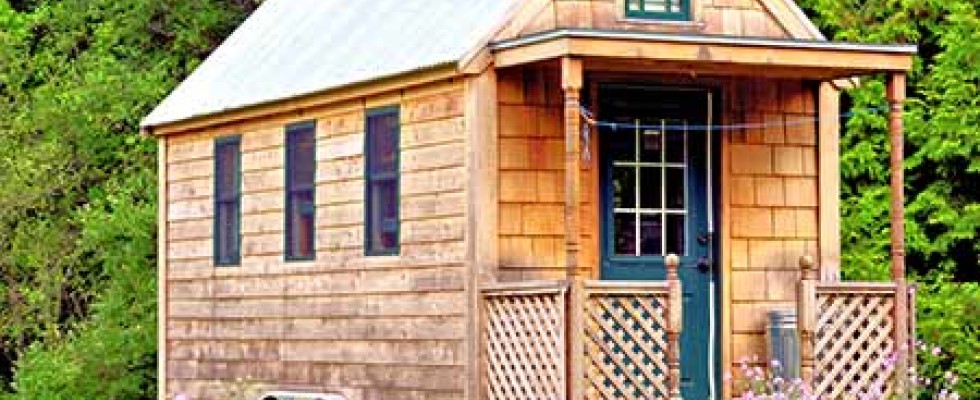
The pandemic’s effects on community living situations has shined a harsh light on why almost 90% of seniors say they’d prefer to age in place.
But many homes are not aging friendly. The Granny Pods Study Act is exploring a possible solution—tiny homes, also known as “granny pods,” located on property owned by family or other loved ones.
The act instructs the Centers for Medicare & Medicaid Services (CMS) to conduct a feasibility study of temporary family health care structures no more than 300 square feet in size. Such structures would “provide an environment facilitating a caregiver’s provision of care for a mentally or physically impaired individual,” the language reads.
What is a "granny pod"?
A granny pod is also called an accessible dwelling unit or care cottage.They differ from the typical tiny homes because they are built with accessibility and universal design in mind. A granny pod does not have a loft or ladder and features a larger bathroom with a raised toilet and grab bars. They may also have medical devices such as hospital beds. Families can also equip the pod with two-way video communication and fall alert sensors to help keep their loved one safe.
CHALLENGES
Some cities and towns do not allow homes with foundations that are less than 1,000 square feet under their zoning regulations. Homes built on wheels are classified as recreational vehicles, and many local ordinances forbid people from taking up permanent residence in them, even if they are placed on private property.
Then there are building codes to consider; many contractors aren’t well versed in what tiny homes require to be safe. The International Residential Code has
Appendix Q available, but not all states have adopted those standards.
An exploration of this option for aging in place would have to address these obstacles and ways to overcome them.
Appendix Q
The International Code Council approved the official definition of a “tiny house” in 2017, codifying them as homes 400 square feet or less, excluding lofts. They are required to fit the following characteristics:
- single family unit
- ceiling height of no less than 6 feet 8 inches, outside a loft
- emergency exit requirements
- lofts shall not be less than 5 feet in any horizontal dimension
- stairways cannot be less than
- 17 inches wide
- risers on stairs cannot be more than 12 inches high
- ladders cannot be less than 12 inches wide
What Happens Next?
If passed, this bill would continue the conversation about how and where people age, including opening up possible Medicare funding for granny pods, should the CMS study reveal a need.
Track this bill at congress.gov.
